How to plan a seasonal marketing campaign: A 5-step strategy
As a marketer, I always keep track of whatever holidays are rolling around each month for my seasonal marketing campaigns — even the ones that don't get the huge parades and Hallmark TV specials.

As a marketer, I always keep track of whatever holidays are rolling around each month for my seasonal marketing campaigns — even the ones that don't get the huge parades and Hallmark TV specials.
Every holiday is an opportunity to boost sales, increase brand recognition, and bolster customer relationships. A well-executed seasonal marketing campaign is the key to aligning your outreach with special times of the year, like holidays and events, to capitalize on increased consumer enthusiasm.
Pulling off a standout seasonal marketing campaign requires hard work, creativity, and a little know-how — but don't fret, I’m here to help with my step-by-step campaign guide and seasonal marketing examples.
Table of Contents
What is seasonal marketing?
Seasonal marketing is the process of aligning your marketing efforts with certain times of the year when consumer enthusiasm is high. Holidays like New Year‘s, Christmas, and Valentine’s Day are classic opportunities to tap into the collective consumer emotional landscape.
However, I'm a firm believer that your seasonal marketing should extend to more than just holidays known for high consumerism.
Even lesser-known holidays are associated with strong emotions such as joy, love, and hope. Your business can create a more meaningful and memorable connection with your customers by marketing products and services that appeal to these emotions.
And who says you have to keep your seasonal marketing to only holidays? Special events like the Super Bowl and seasonal opportunities like Back-to-School shopping and Black Friday are further examples of chances to flex the seasonal marketing muscle.
Seasonal marketing aims to drive sales and foster an emotional connection with your target audience. Read on for a step-by-step guide to jumpstart your next seasonal campaign.
1. Choose a seasonal opportunity.
Choosing the seasonal opportunity to capitalize on is the first step to a successful campaign.
Major seasonal events like Black Friday and Mother's Day are always a safe bet to campaign around, mainly due to the spike in customer spending. According to Statista, Americans planned on spending $33.5 billion on Mother's Day in 2024.
However, you should research your target audience to find seasonal opportunities that resonate with your customers and their values.
Audit existing seasonal campaigns.
Once you have decided on a seasonal event to utilize for a campaign, it's time to do some homework on similar, successful campaigns — Ahrefs and BuzzSumo are great places to begin your research.
Consider how each piece approached content format, distribution, messaging, and emotion when evaluating previous campaigns.
When validating a campaign, ask yourself the following questions:
- How has this piece used multiple content types and distribution platforms?
- Is the messaging clear, and if so, what is it?
- What emotion does this campaign evoke in the user?
Gather insights via external outreach.
Consider gathering outside opinions from journalists and digital publications in your space.
Seek out platforms that have covered campaigns you admire and ask for feedback on what makes a seasonal campaign compelling from their point of view.
2. Plan for marketing-friendly holidays.
Lucky for us marketers, many holidays are packed with advantageous marketing opportunities. But what is it about holidays that makes them so great for marketing campaigns? It’s the built-in positive sentiment.
Holidays are generally positive times that beget warm feelings like joy, nostalgia, and gratitude.
Marketing is all about evoking positive emotions in your audience, and aligning your campaigns with marketing-friendly holidays allows you to ride the wave of seasonal good vibes and make customers feel good about buying your product.

For example, Eid is a major religious holiday observed worldwide by those of the Muslim faith. The holiday is a joyful occasion that promotes community, togetherness, and sharing.
Fantasy World, a toy company, referenced Eid in its seasonal marketing campaign by showing toy versions of Spider-Man and his nemesis, Lizard, putting their differences aside to embrace one another in celebration.
The simple photo included text that read “We're all one for Eid.”
It‘s common for gifts to be given during Eid, and Fantasy World’s Eid-themed ad captures the holiday's sentiments while promoting its products as excellent gifts.
Of course, there are many other holidays to consider, and choosing the right one depends on your brand values and goals.
3. Establish a schedule.
With seasonal campaigns, timing is of the essence. Your planning should begin well before your selected seasonal event, and you must create a schedule to execute each campaign step.
Generally, your content should be prepared, built, planned, and ready for press releases at least two months before the big event.
Consider using a marketing calendar to streamline your processes and get your team on the same page.
When creating a schedule for your campaign, don't forget about your audience. When is the best time to contact them? When will they be most willing to share the content or engage with the campaign?
4. Organize your assets.
Your seasonal marketing campaign should touch all major platforms, including social media, email, blogs, and out-of-home advertisements (if that’s your thing).
A wide-reaching campaign requires meticulously organized assets. You should brief your creative team on the assets needed for each channel and the necessary resolutions and dimensions.
Pro tip: A practical, up-to-date campaign plan document is essential during this process.
It will enable you to better organize the timing and frequency of content releases and keep your messaging consistent by serving as a home for all your campaign assets and communications.
I suggest checking out these content marketing planning templates to get started.
5. Report and remain agile.
Remaining agile means prioritizing speed, collaboration, flexibility, and testing.
Reporting and reviewing your campaign’s performance as you go is necessary for maintaining the ability to adjust the campaign as it unfolds.
I always ask myself, where is the majority of traffic coming from? Which pages have the best bounce rate? Which ones are converting the best? These are some examples of metrics that can inform your strategy moving forward.
Don’t be afraid to make alterations to the original plans. If the changes you will make will ultimately improve the campaign’s success, why wouldn’t you make them?
Check out the video below for helpful information on running seasonal marketing campaigns. The video discusses promoting digital products like online courses, but the advice is broadly applicable.
I understand if all these steps seem daunting, but fortunately, there are many tools available to help you streamline your process and create high-quality content for your campaign with ease.
My personal favorite is HubSpot's Campaign Assistant, a free AI marketing asset creator you can use to generate engaging copy for landing pages, newsletters, and, of course, seasonal ads.
Once you have the right tool for success, you can move on to considering campaign ideas.
Seasonal Marketing Campaign Ideas
1. Limited Editions
Part of the magic of seasonal traditions is that they‘re not year-round, so you need to celebrate while you can; otherwise, you’ll miss out until next year.
You apply that FOMO (fear of missing out) to your seasonal campaign by offering limited edition products and services that are only available during a specific holiday or time of year.
For example, McDonald‘s Shamrock Shake is only available from February through the end of St. Patrick’s Day. The sweet treat's limited availability drums up excitement and makes it a must-have for many consumers.

2. Discounts and Deals
It‘s not just holiday cheer that excites consumers, it’s also holiday deals! Offering deals and discounts around specific holidays or seasons will help make your brand name synonymous with that special time of year.
One of my favorite seasonal marketing campaigns is the Victoria's Secret Semi-Annual Sale. The sale happens twice a year, first in late December and again in June to coincide with the changing seasons. Discounts vary, but prices are often slashed by up to 80%.
Dates for the sale are not announced ahead of time, so shoppers have to check the lingerie store's website, social media, and email updates frequently to catch the deals on time. The mystery and price plunge make for an exciting experience that consumers look forward to.
3. Philanthropy
Many holidays, especially those from November through January, are associated with fostering community and giving to those in need. Many brands incorporate the spirit of giving into their seasonal marketing campaigns. Let's take retail chain True Religion for example.
[Heads up: The video below contains some strong language.]
In December 2024, True Religion partnered with rapper and philanthropist Megan Thee Stallion for an event called “When Wishes Come True.”
The event consisted of a shopping spree in which at-risk youth received new clothes for the holidays, all paid for by Thee Stallion and the True Religion.
Seasonal Marketing Examples
Back-to-School Shopping
Company: Walmart

As much as I wish it weren’t the case, summer comes to an end every year. With summer’s end comes back-to-school shopping season, which can bring about excitement or dread, depending on who you are.
Still, the back-to-school season presents a tangible seasonal marketing opportunity, and Walmart seized it.
What I love: Walmart cleverly combines the urgency of back-to-school shopping with an exciting deal. Walmart offered last year’s prices on this year's school supplies, which is an exciting way to frame their low prices, especially for inflation-conscious consumers.
Pro tip: Don’t be afraid to get a jump start on things. Walmart announced its 2024 back-to-school campaign in July (too soon if you’re a student, but just right if you’re a marketer), and planning occurred many months beforehand.
Americans collectively spend billions of dollars each year on back-to-school preparations. In 2024, total spending was projected at $39 billion. So, don't miss out on the opportunity to ride that wave if your products fit the bill.
Fall and Winter Holiday Treats
Company: Starbucks

When it comes to seasonal campaigns, Starbucks is a master of the craft. It's holiday cups and fall menus are almost as ubiquitous as the seasons themselves.
Every year, as the colder months approach, Starbucks releases a festive holiday cup to kick off the season. Starbucks has been taking advantage of this seasonal marketing opportunity since 1995, and brand loyalty increases as the tradition cements yearly.
As for the company's fall menus, that tradition started in 2003. Its first fall menu included the iconic Pumpkin Spice Latte (or PSL), and even the most casual of coffee drinkers like myself look forward to the fall menu reveal each year.
What I love: Starbucks gives customers something fun to look forward to every holiday season with fresh, festive cup designs and limited edition fall treats.
They have piggybacked off the warm and inviting feelings of the changing seasons so consistently and effectively that their seasonal marketing campaign has become a mainstay of the holidays.
Pro tip: Consistency is key. If you can devise a seasonal marketing campaign that you can execute every year (while still keeping things fresh), your customers will look forward to it and open their wallets accordingly.
Summer Olympics
Company: Nike
The Summer Olympics season is one of the most competitive events in international sports, rivaled only by the Winter Olympics. To coincide with the 2024 Summer Olympics, Nike pushed an ad campaign that turned the popular phrase “Winning isn't everything” on its head.
The campaign was called “Winning Isn't for Everyone” and featured iconic athletes, like LeBron James and Sha'Carri Richardson, emphasizing the hard work and drive it takes to compete (and win) in events like the Olympics.
What I love: The campaign capitalizes on the competitiveness of the Olympics while showing Nike gear in motion on the world's most talented athletes.
Pro tip: Seasonal marketing doesn‘t have to revolve solely around holidays or weather-specific seasons. Think about major events that have the world’s attention, such as sports, concerts, or film festivals.
Father's Day
Company: Bottega Veneta
Bottega enlisted rapper A$AP Rocky and his sons RZA and Riot for the fashion house‘s 2024 Father’s Day campaign “Portraits of Fatherhood.” The campaign is a photography series featuring images of A$AP sharing tender, authentic moments with his sons.
The series is also accompanied by a short-form behind-the-scenes video that shows the rapper candidly playing with his children.
What I love: The ad perfectly captures the feelings and emotions associated with Father's Day by showing candid moments between A$AP Rocky and his sons.
Pro tip: Make sure your campaign accurately taps into the feelings surrounding the occasion coinciding with your seasonal marketing campaign.
‘Tis the Season for Marketing
Use the power of seasonal marketing to your advantage. With the right recipe of relevancy, creativity, and timing, you can capitalize on big events — and ultimately, boost sales.
Editor's note: This post was originally published in January 2025 and has been updated for comprehensiveness.
![]()
























![How To Drive More Conversions With Fewer Clicks [MozCon 2025 Speaker Series]](https://moz.com/images/blog/banners/Mozcon2025_SpeakerBlogHeader_1180x400_RebeccaJackson_London.png?auto=compress,format&fit=crop&dm=1750097440&s=282171eb79ac511caa72821d69580a6e#)

![Brand and SEO Sitting on a Tree: K-I-S-S-I-N-G [Mozcon 2025 Speaker Series]](https://moz.com/images/blog/banners/Mozcon2025_SpeakerBlogHeader_1180x400_LidiaInfante_London.png?auto=compress,format&fit=crop&dm=1749465874&s=56275e60eb1f4363767c42d318c4ef4a#)








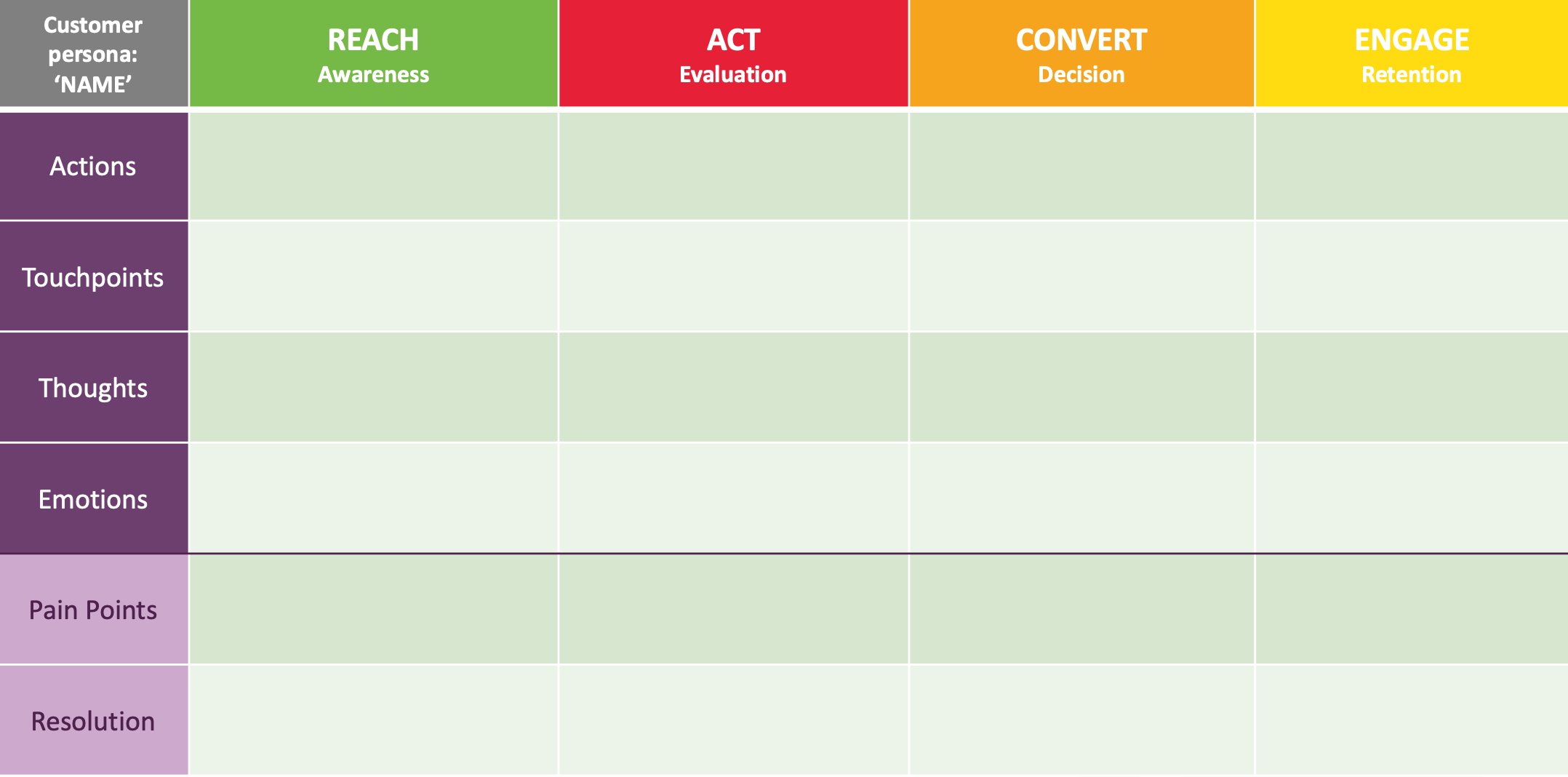


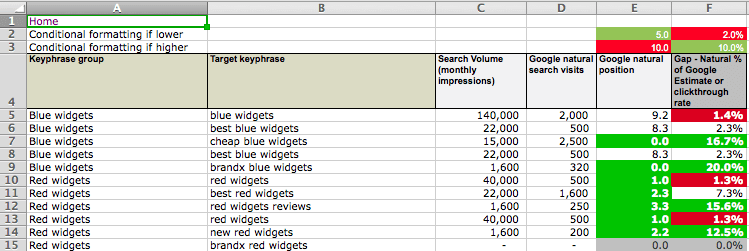












![The 11 Best Landing Page Builder Software Tools [2025]](https://www.growthmarketingpro.com/wp-content/uploads/2024/04/best-landing-page-software-hero-image-1024x618.png?#)



































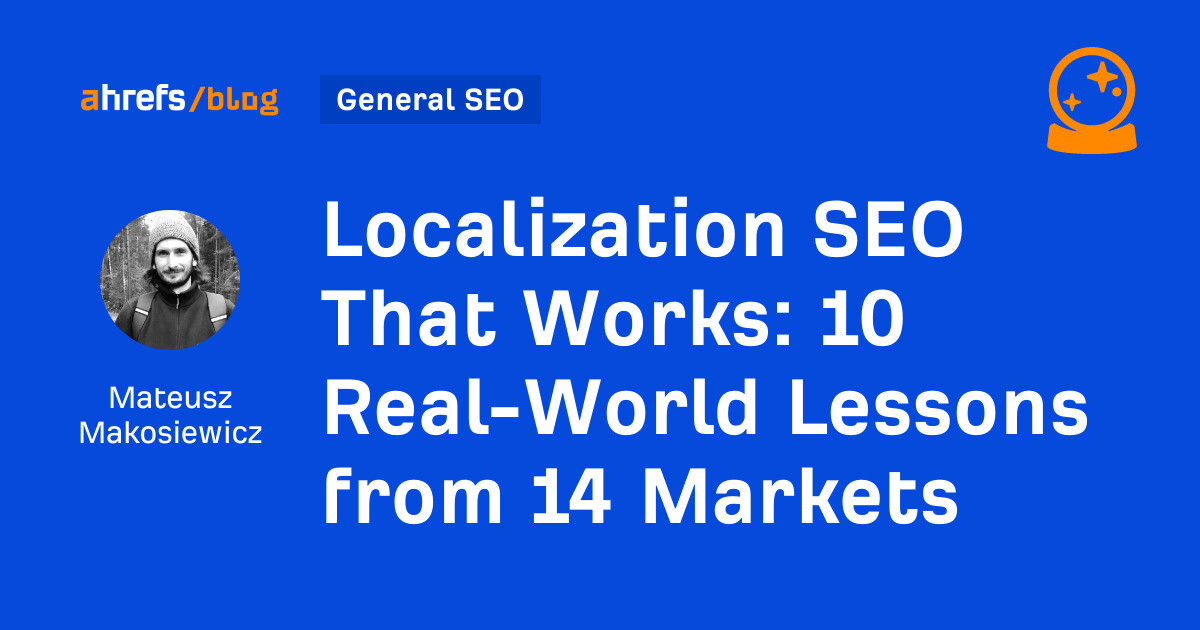


![How to Create an SEO Forecast [Free Template Included] — Whiteboard Friday](https://moz.com/images/blog/banners/WBF-SEOForecasting-Blog_Header.png?auto=compress,format&fit=crop&dm=1694010279&s=318ed1d453ed4f230e8e4b50ecee5417#)
![How To Build AI Tools To Automate Your SEO Workflows [MozCon 2025 Speaker Series]](https://moz.com/images/blog/banners/Mozcon2025_SpeakerBlogHeader_1180x400_Andrew_London-1.png?auto=compress,format&fit=crop&dm=1749642474&s=7897686f91f4e22a1f5191ea07414026#)











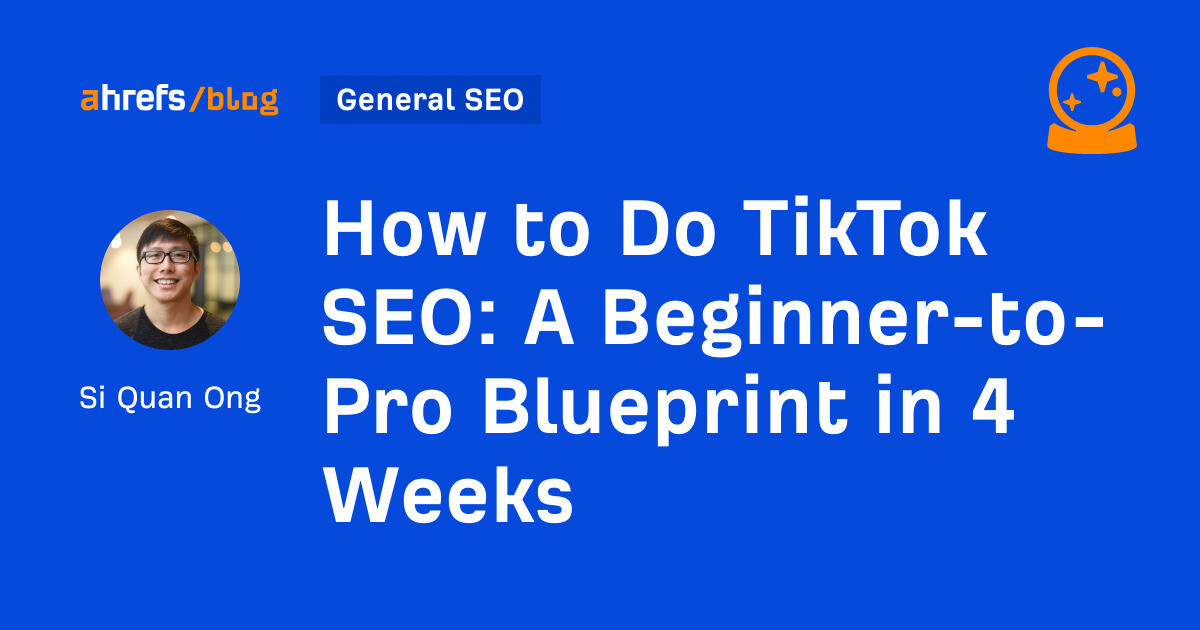
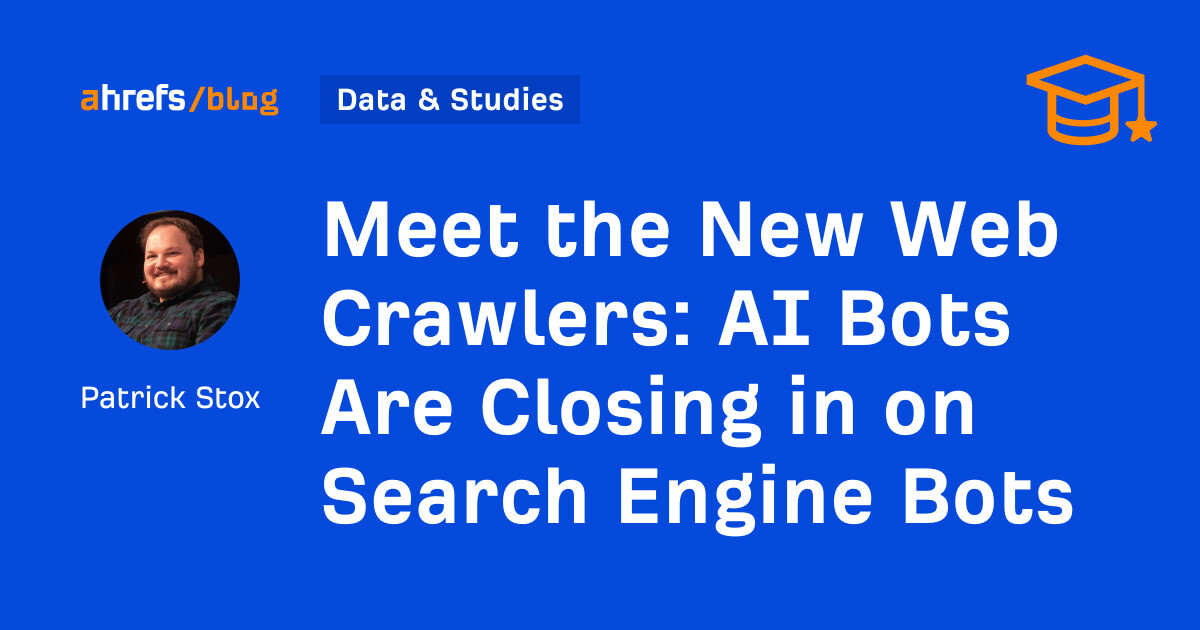

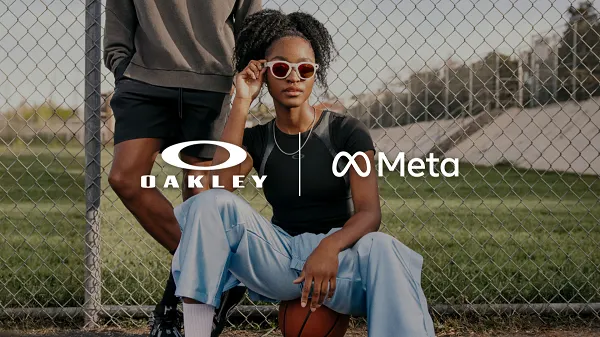
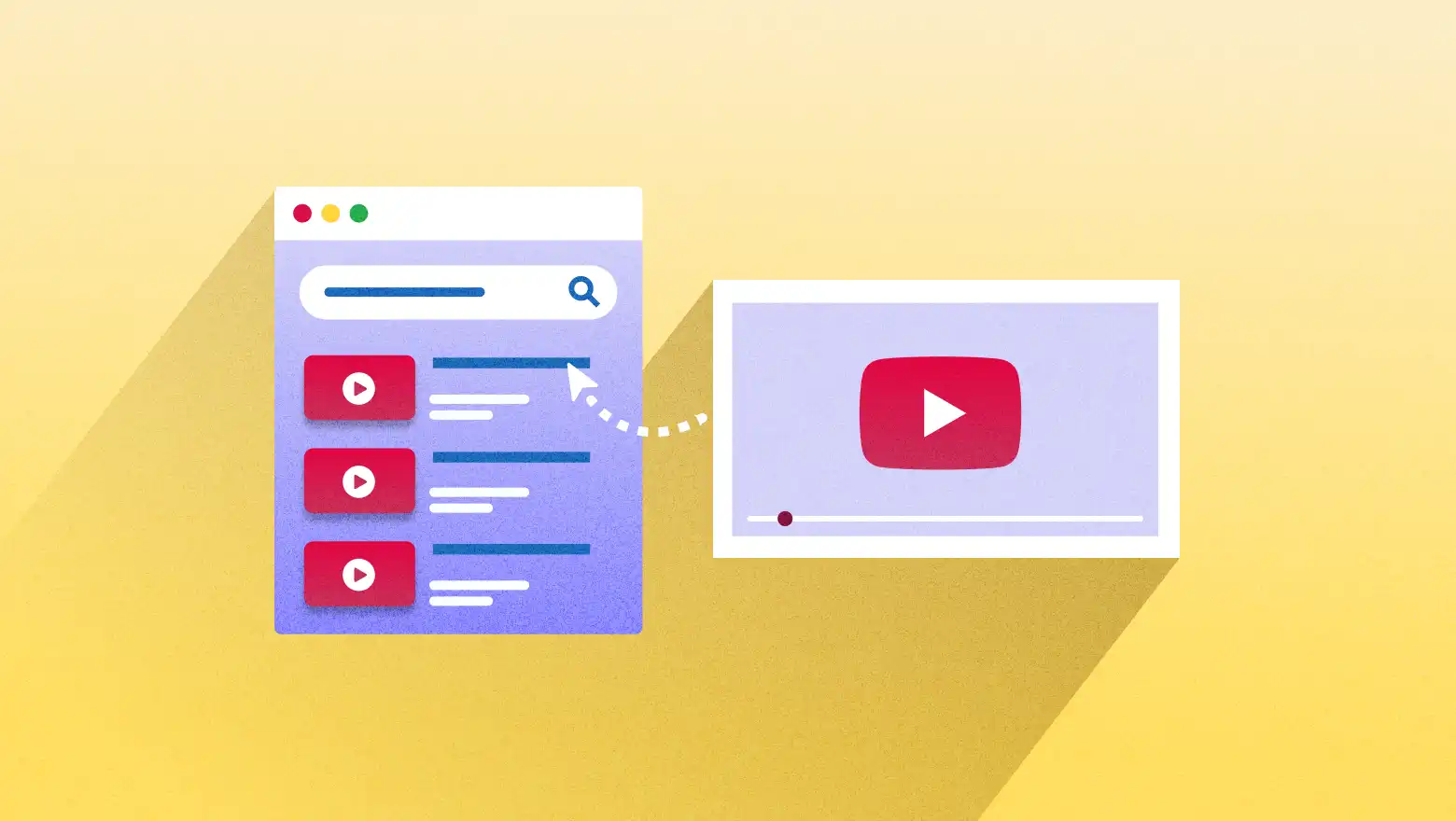










![Brand pitch guide for creators [deck and email templates]](https://blog.hootsuite.com/wp-content/uploads/2022/06/brand-pitch-template.png)






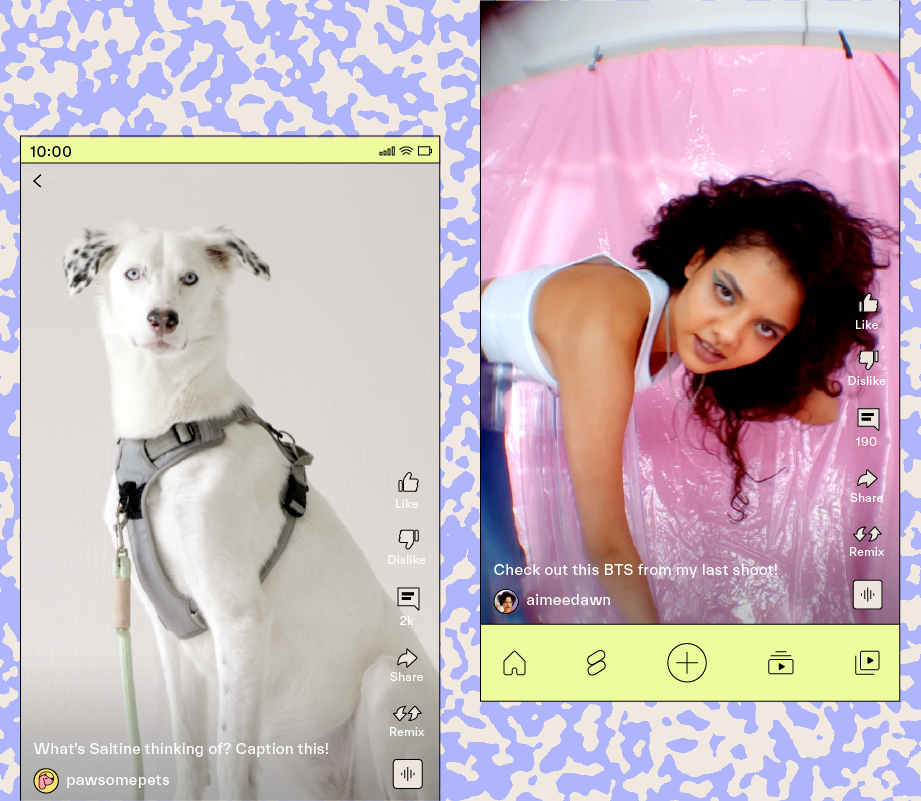











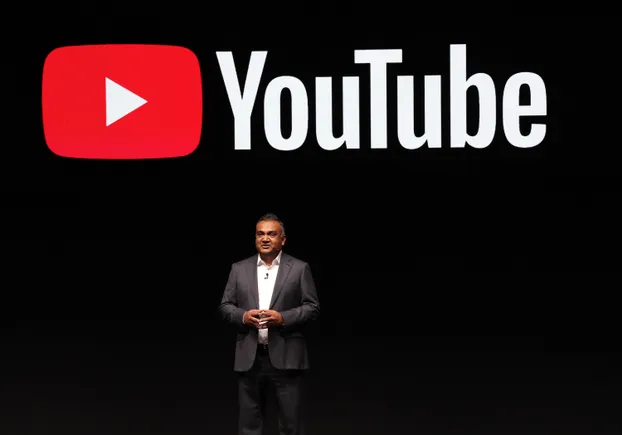
![The Largest Communities on Reddit [Infographic]](https://imgproxy.divecdn.com/vfTS-YsC_ZrqM6F4tAXJgV6qj3gCHSsf2dvHufDbrrQ/g:ce/rs:fit:770:435/Z3M6Ly9kaXZlc2l0ZS1zdG9yYWdlL2RpdmVpbWFnZS9sYXJnZXN0X3JlZGRpdF9jb21tdW5pdGllczIucG5n.webp)

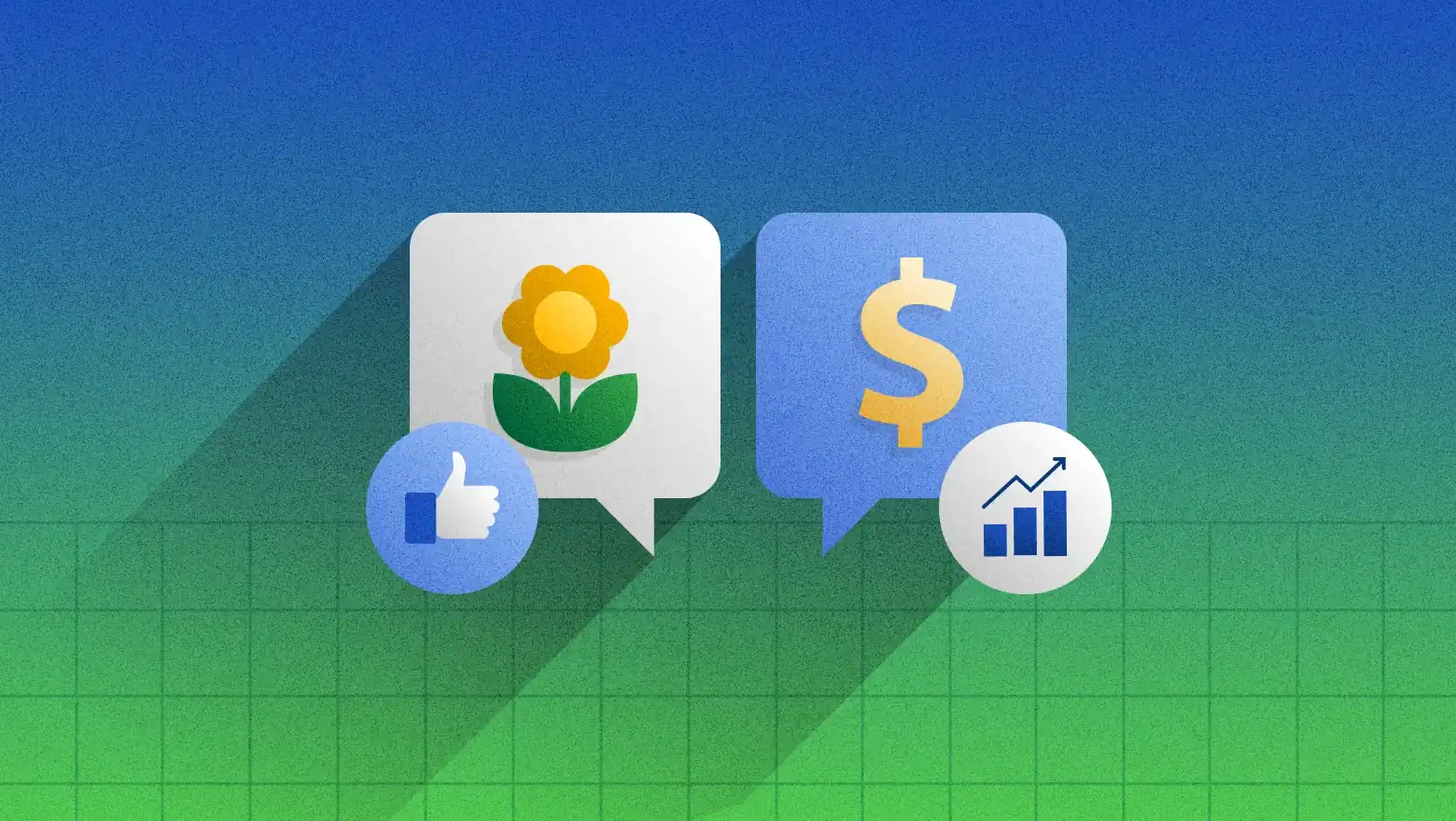

![Download Now: Free State of Marketing Report [Updated for 2025]](https://no-cache.hubspot.com/cta/default/53/db725f24-564c-483b-a28c-2d6ff9986516.png)


